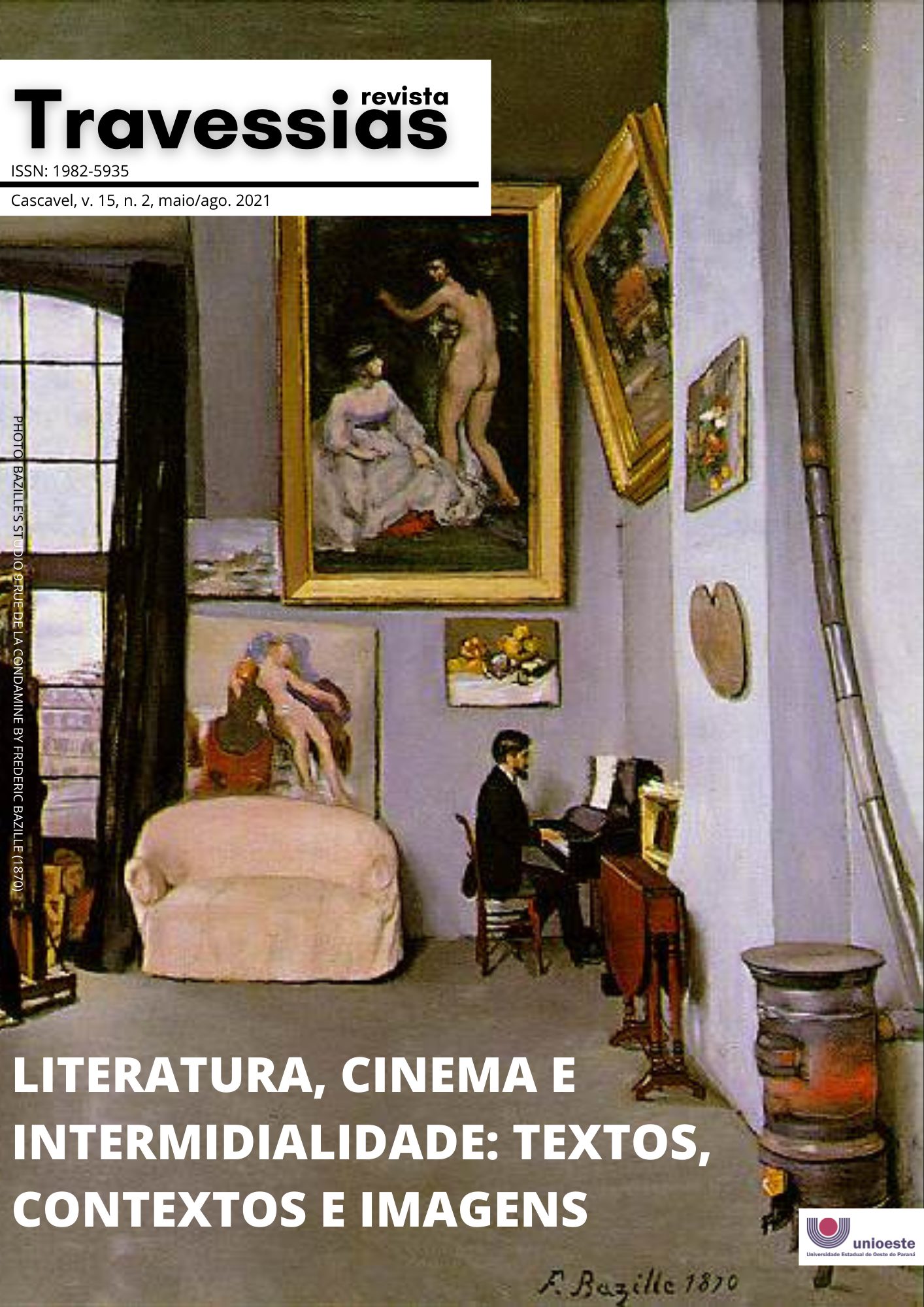Sociability in quarantine times: WhatsApp seen as a social interaction tool during the COVID-19 pandemics
DOI:
https://doi.org/10.48075/rt.v15i2.27349Keywords:
Social Networks, Observation Technique, COVID-19, Virtual Interaction.Abstract
Man is a natural social being. The need to communicate is something inherent to his own existence. But how can he communicate with other people in times of quarantine and social isolation, which need to be followed due to the coronavirus pandemics? The WhatsApp app can be conveyed as a virtual ally to supply such demand, once it enables the interaction of people who do not see each other personally, but who, for some reason, are socially connected. By means of informational, conversational and even playful messages, such app serves as a tool for sociability and socialization to continue existing among people during the quarantine times. In this paper, we aim at showing real examples of three groups of people who use this app and the interaction fullfilled by the exchanging of messages in such groups, so that we can observe how sociability is held in such circumstances. By using references of researchers who have already written about sociability held in social networks, such as Recuero (2004), Haroche (2011), Simmel (1983), Palacios (1996) and Santos (2014), and by applying both the bibliographic methodology as well as the passive, structured observation performed in a virtual environment, where we have observed the conversations exchanged among the members of the three WhatsApp groups studied in this paper, we could observe results which convey that, although physically distant, these people continue performing sociability acts, which, during the quarantine, are only possible to occur due to the use of the WhatsApp app.Downloads
References
BAUMAN, Z. Modernidade Líquida. Tradução: Plínio Dentzien. Rio de Janeiro: Jorge Zahar Editor Ltda., 2001.
BAUMAN, Z. 44 Cartas do Mundo Líquido Moderno. Rio de Janeiro: Jorge Zahar Ed., 2011.
DEBORD, G. A sociedade do espetáculo. Rio de Janeiro: Contraponto, 1997.
HAROCHE, Claudine. Maneiras de ser, maneiras de sentir do indivíduo hipermoderno. Cad. Metrop. São Paulo, v. 13, n. 26, p. 359-378, jul./dez 2011.
LIPOVETSKY, Gilles. Os tempos hipermodernos. São Paulo: Editora Barcarolla, 2004.
MARTINEZ, Fabiana. Feminismos em movimento no ciberespaço. Cadernos Pagu, v. 56, 2019, e1956.
OTHERO, G. A. A língua portuguesa nas salas de b@te-p@po: uma visão linguística de nosso idioma na era digital. Novo Hamburgo: Berthier, 2002.
PALACIOS, Marcos Silva. Cotidiano e Sociabilidade No Cyberespaco: Apontamentos Para Uma Discussão. In: FAUSTO NETO, Antonio; PINTO, Milton José. (org.). O indivíduo e as mídias. Rio de Janeiro, 1996, p. 87-104. Disponível em: http://www.comunidadesvirtuais.pro.br/hipertexto/biblioteca/palacios.pdf. Acesso em: 25 jul. 2020.
QUADROS, Amanda Maciel de; MARCON, Karina. Os conceitos de Público e Privado nas Redes Sociais e suas implicações Pedagógicas. Revista Espaço Acadêmico, n. 160, set. 2014.
RECUERO, Raquel da Cunha. Elementos para a análise da conversação na comunicação mediada pelo computador. Verso e Reverso - Revista da Comunicação, v. 22, n. 51. 2004. doi: 10.4013/ver.20083.01.
RECUERO, Raquel da Cunha; ZAGO, Gabriela. Em busca das “redes que importam”: redes sociais e capital social no Twitter. LÍBERO, São Paulo, v. 12, n. 24, p. 81-94, dez. 2009. Disponível em: http://seer.casperlibero.edu.br/index.php/libero/article/view/498. Acesso em: 01 ago. 2020.
RECUERO, Raquel da Cunha. A Conversação em Rede: comunicação mediada pelo computador e redes sociais na Internet. Porto Alegre: Sulina, 2012.
ROXO, Luciana de Alcântara. Mulheres no Facebook: Um olhar sobre a sociabilidade e a exposição feminina em uma conversação em rede. In: CONGRESSO BRASILEIRO DE CIÊNCIAS DA COMUNICAÇÃO, 39., 2016, São Paulo. Anais [...]. São Paulo: Intercom, 2016.
SANTOS, Francisco Coelho dos; CYPRIANO, Cristina Petersen. Redes sociais, redes de sociabilidade. Rev. Bras. Ci. Soc., São Paulo, v. 29, n. 85, p. 63-78, jun. 2014. https://doi.org/10.1590/S0102-69092014000200005.
SIMMEL, G. Sociabilidade, um exemplo de sociologia pura ou formal. In: MORAES FILHO, E. (org.). Georg Simmel: sociologia. São Paulo, Ática, 1983.
TIPOS de Observação Segundo Critérios Específicos; Vania Maria do Nascimento Duarte. Disponível no site Monografias Brasil Escola: https://monografias.brasilescola.uol.com.br/regras-abnt/tipos-observacao-segundo-criterios-especificos.htm. Acesso em: 23 jul. 2021.
VERMELHO, Sônia Cristina; VELHO, Ana Paula Machado; BERTONCELLO, Valdecir. Sobre o conceito de redes sociais e seus pesquisadores. Educ. Pesqui., São Paulo, v. 41, n. 4, p. 863-881, out./dez. 2015. https://doi.org/10.1590/s1517-97022015041612.
Downloads
Published
How to Cite
Issue
Section
License
Creative Copyright Notice
Policy for Free Access Journals
Authors who publish in this journal agree to the following terms:
1. Authors keep the copyright and grant the journal the right of first publication, with the work simultaneously licensed under the Creative Commons Attribution License, which allows sharing the trial with acknowledgment of authorship and initial publication in this journal.
2. Authors are authorized to take additional contracts separately, for non-exclusive distribution of the work version, published in this journal (eg publish in institutional repository or as a book chapter), with acknowledgment of authorship and initial publication in this journal.
3. Authors are allowed and encouraged to publish and distribute their work online (eg in institutional repositories or on their personal page) at any point before or during the editorial process, as this can generate productive changes, as well as increase both impact and citation of the published trial (See The Effect of Free Access).
Creative Commons License
This work is licensed under a Creative Commons Attribution–NonCommercial-shareaswell 4.0 International License, which allows you to share, copy, distribute, display, reproduce, completely or part of the work, since there is no commercial purpose, and authors and source are cited.



